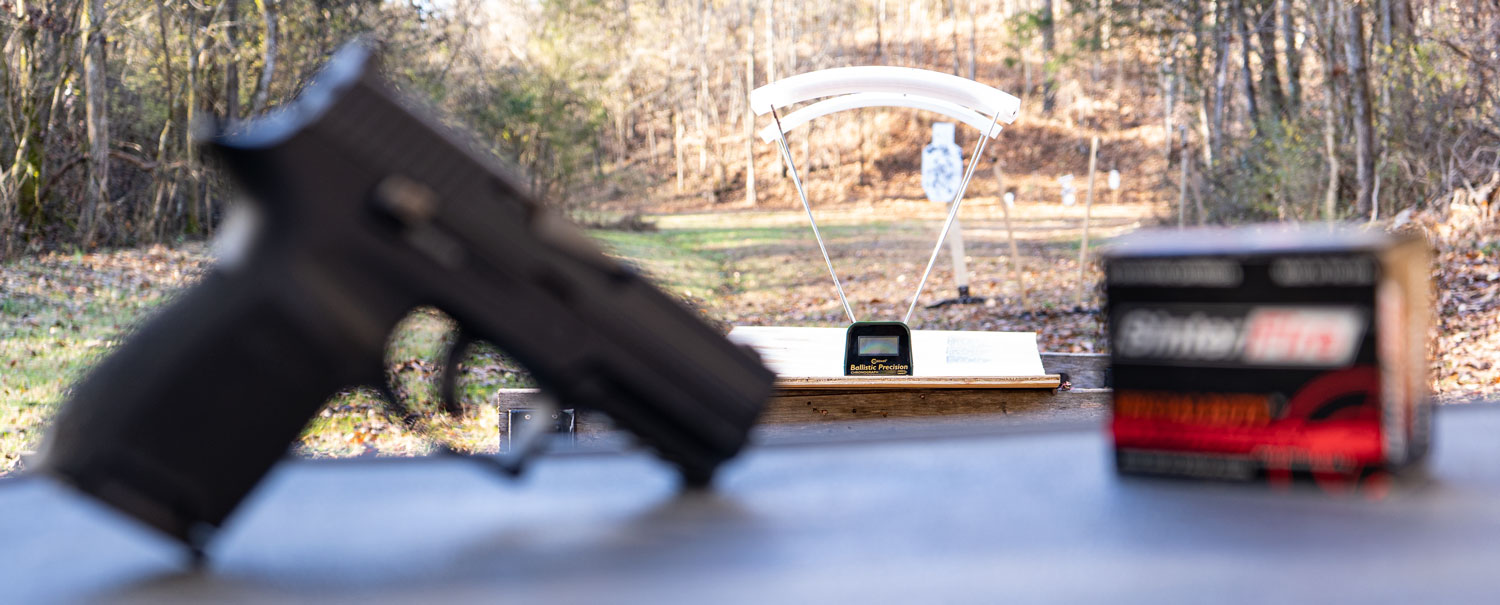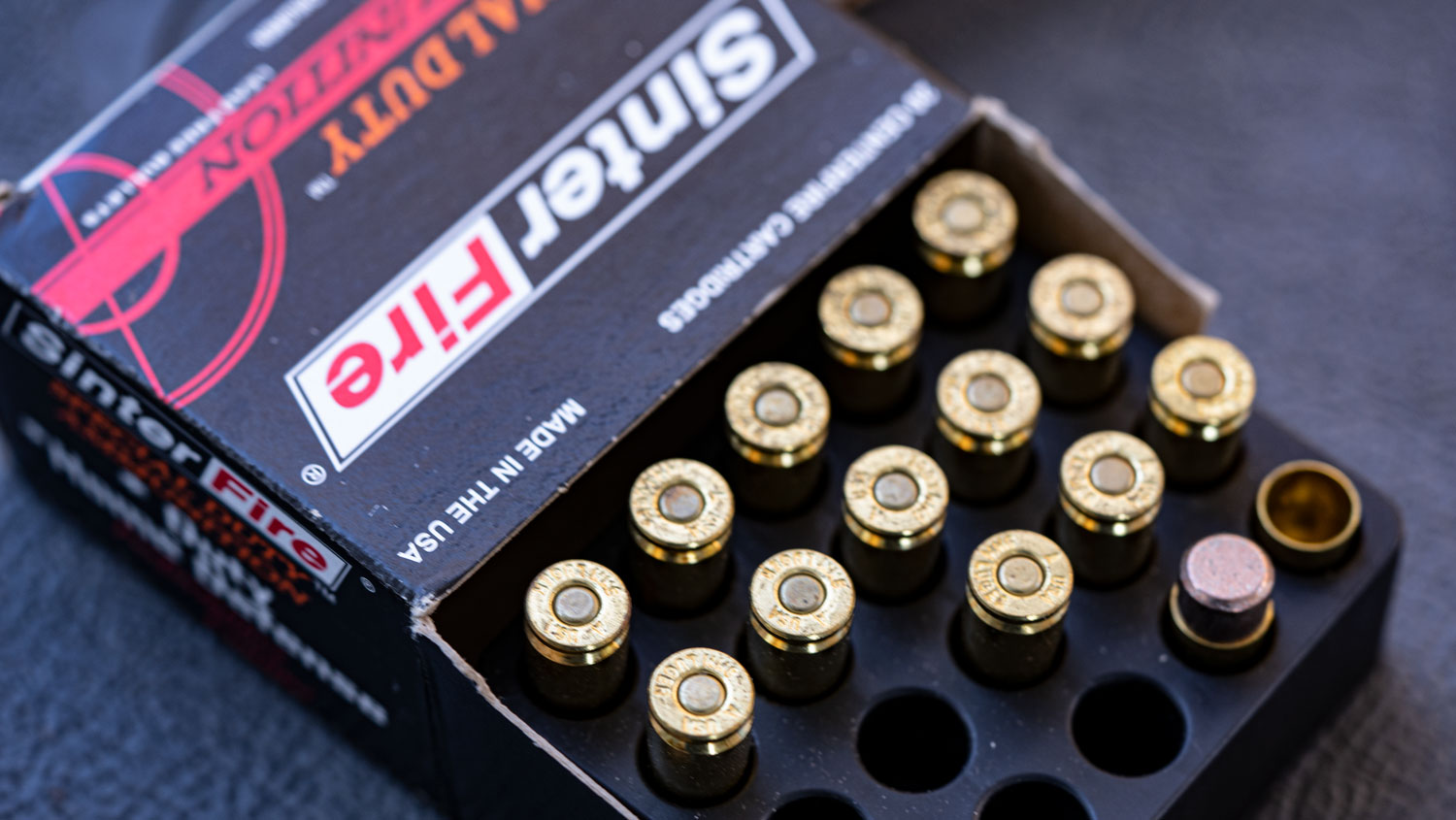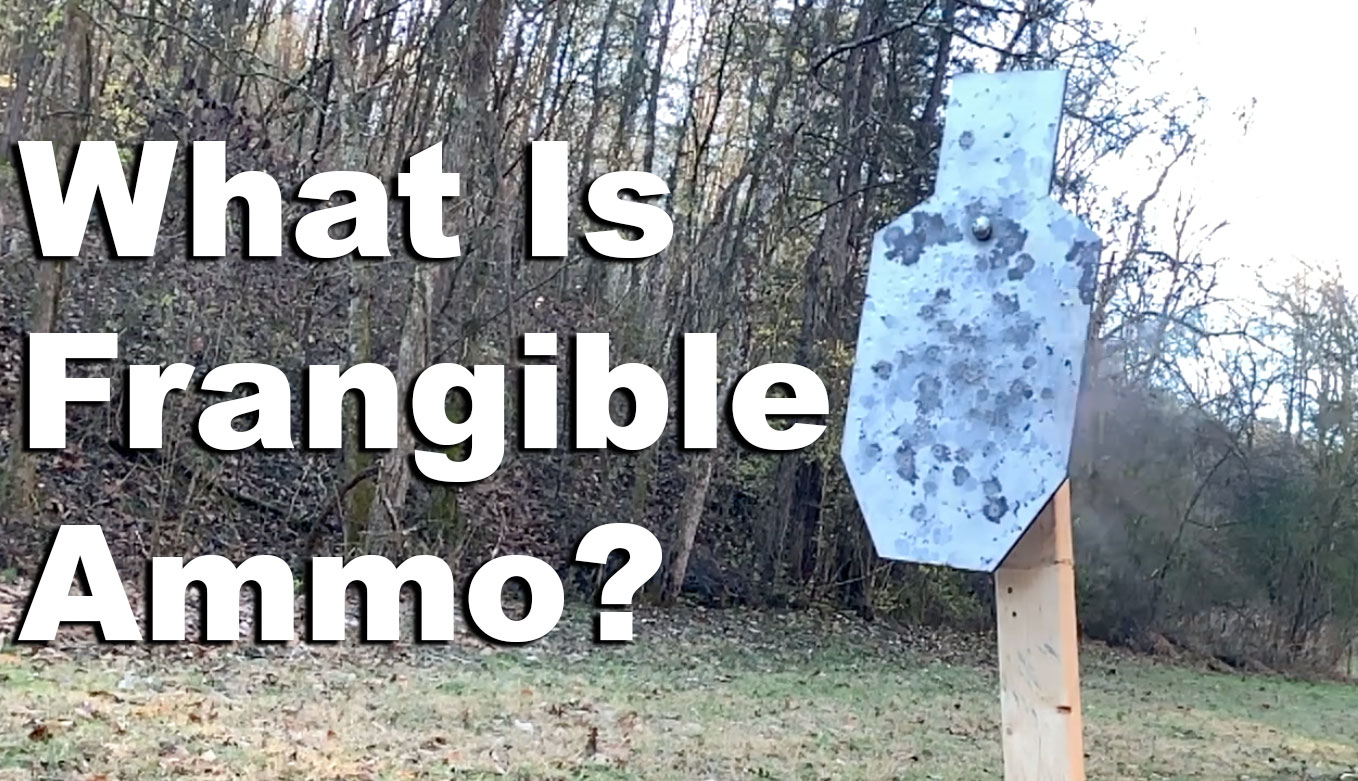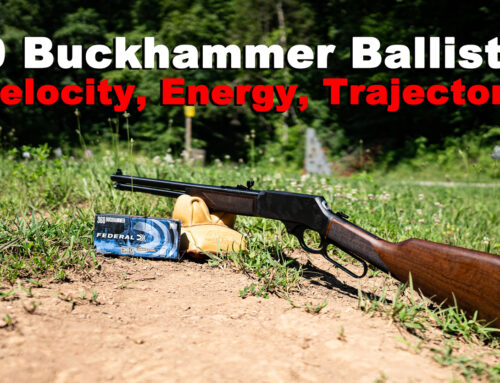Suppose you set up a thick, steel plate a few yards away from yourself. Then, you decide to shoot it with a full metal jacket bullet. Even if the entirety of your knowledge of bullets comes from watching old G.I. Joe cartoons, you would still think this is a bad idea. That’s because you know that an FMJ contains metal which could, under the right circumstances, ricochet back at you. Even if the bullet breaks apart, you could send little flecks of copper flying toward your face at several hundred feet per second. This is less than conducive to your health. It could easily jeopardize your career prospects as a fashion model.
So, the ammo gods started a projectile revolution – frangible ammo!
What is a Frangible Bullet?
The frangible bullet is the solution to such dangerous ricocheting. You might hear this ricochet called “splash-back.”
Manufacturers don’t make frangible bullets from the traditional lead core and copper jacket. Instead, frangible rounds are mixture of compressed, powdered metals. Tin, copper, and zinc are common frangible bullet ingredients. When a frangible bullet strikes a hard target, it nearly instantaneously atomizes into sand-like particles. When powdered, frangible ammo doesn’t bounce back at the shooter. (Companies don’t use lead in frangible bullets. The toxic heavy metal is not something you want to aerosolize and breathe in.)
History of the Bullets

Engineers invented most types of bullets to suit the various needs of combat and hunting. But they came up with the frangible bullet for unlikely venues: carnivals and amusement parks. Back before lawsuits were as common as air molecules, people loved little shooting ranges where you could peg moving targets with a 22 Short. These shooting games proved far more dangerous than the game where you attempt to throw a ping-pong ball into a bowl containing a depressed gold fish. So, the carnies adopted frangible bullets. Prior to that adoption, the military used frangible ammo as training rounds for their .30 caliber machine guns.
You’re unlikely to find a shooting gallery at the county fair anymore, but the safety offered by a frangible bullet has let it live on. Frangible bullets are frequently preferred by shooters who hone their aim on steel targets (although Federal’s polymer Total Synthetic Jacket is becoming increasingly popular for that pastime as well). You’ll often see police departments use them as well.
Frangible Ammo Is Ideal for Close-Quarters
Frangible ammo is also used by SWAT teams and the Armed Forces for training in labyrinthine courses that simulate real world situations. They’re practical outside of training as well. If a combat unit engaged hostiles at a delicate environment, such as Indian Point Nuclear Generating Unit 3, they’d likely use frangible ammo. this would help prevent accidentally making everyone in Manhattan glow in the dark.
Some shooters use frangible bullets for home defense. This is especially true for homeowners who are aware that a miss could penetrate a wall and put their neighbors in harm’s way.
This isn’t to suggest that a frangible bullet will necessarily turn to dust when it hits a barrier like sheetrock. It must still have the vigor to endure being handled and fired, and accordingly can easily penetrate barriers less substantial than steel. A frangible bullet may also include a stronger, non-frangible jacket in order to protect itself during feeding in a semi-automatic weapon. Even contact with a revolver’s forcing cone could prove too much for a purely frangible bullet to handle.
Frangible for Self-Defense?

Would you want to be hit by a frangible bullet? Not even remotely. Although a frangible bullet typically has a lighter weight and therefore less momentum than another comparably sized traditional bullet, it can still deliver a perfectly lethal wound channel. Manufacturers do make frangible ammo with a hollow point nose cavity for defensive use. Should a frangible bullet strike bone and disintegrate, removing it is likely going to be the hardest part of an ER surgeon’s shift. It is essential that you treat a frangible bullet as though it’s just as lethal as any other.
Frangible ammo is legal. So, if you want to try it you just need to find it. SinterFire’s frangible bullet, which is made of compressed copper and tin particles, is the most oft-used in the world. We’ve found that it fulfills the Pennsylvanian manufacturer’s promise of eliminating splash-back to a T.
Remington’s aptly named Disintegrator line of ammunition will let you try out a frangible 12 Gauge sabot slug. It accurately mimics the recoil of a lead projectile. Federal’s BallistiClean label offers the Minnesotan maker’s RHT (Reduced Hazard Training) frangible projectile in a variety of rifle and pistol calibers.
To recap: Are you concerned about a ricochet putting a damper on your shooting session as you’re training with steel targets? Then frangible bullets will be your best friend!






I would like to be put on your email list on ammo and would like catalog if you have one I got you contact info from Bro. Roy (Peaty) Barnett
Sure thing Danny – would be happy to add you to our list for ammo specials. Thanks for asking and for checking us out!